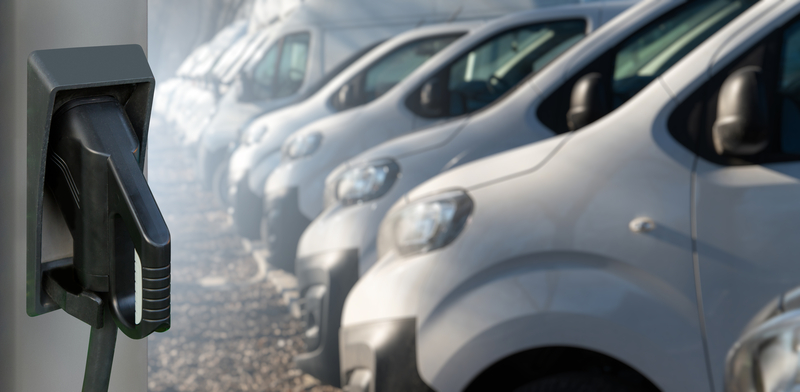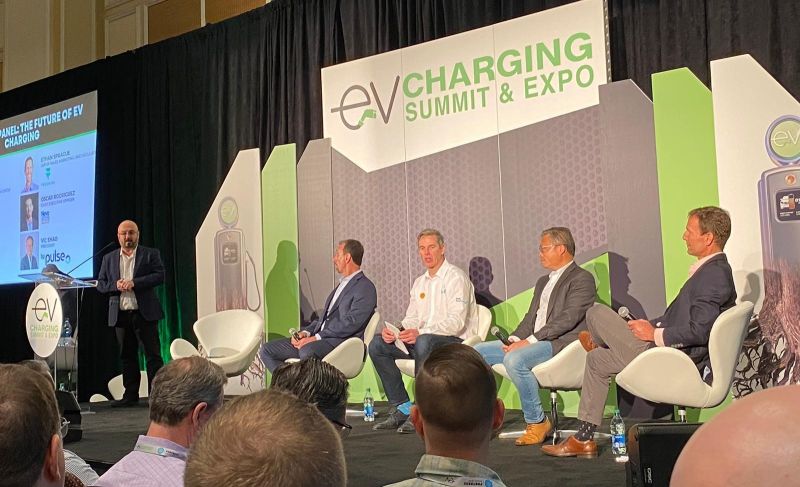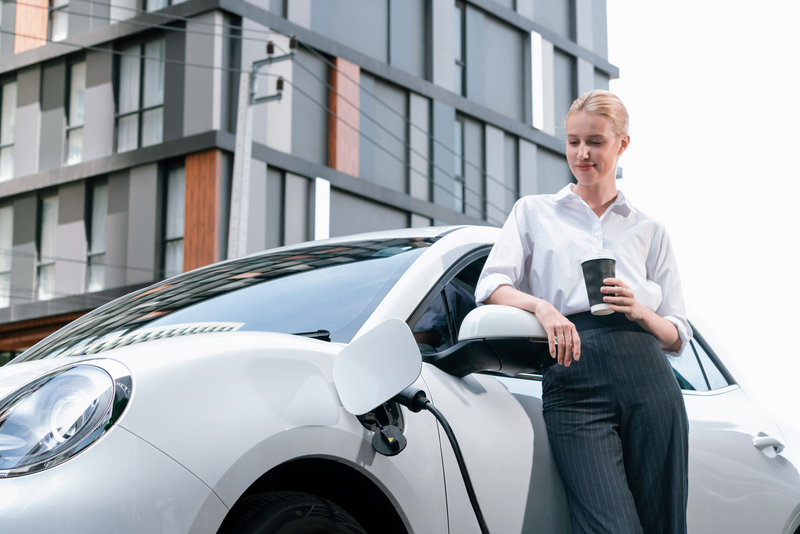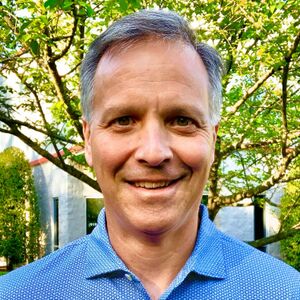
Berton represents the hardware side of fleet management. “The biggest problem we have is time,” he said. Construction takes time, equipment orders take time.
And then there is the issue of what comes next. “The hardware we have today is not the hardware we will have in four to five years,” he said.
Coordination of hardware, microgrids and software is another challenge. “They’re all in their own stages of development,” he said. “It really takes systems experts to pull everything together.”
Of course finding the right experts also can be difficult.
Some preventive measures can be taken given the untenable future. First, recognise the necessity of adequate storage when planning, he said. Peak charging “can break your company in a heartbeat.”
And build big. Install conduit and switchgear that can handle much larger loads in the future. “It’s pennies on the dollar when you’re doing the construction,” he said.
Regarding software, Shana Patadia of Synop said it’s all about maximising uptime on three fronts.
Hardware uptime “is the one we hear the most about,” she said. When the hardware is down, everyone knows. And of course charging screeches to a halt and vehicles are potentially idled.
“Software uptime is also really critical,” she said. An hour of downtime can wreak havoc on schedules and have a ripple effect across a fleet.
Ultimately, it all comes down to vehicle uptime, she said. “At the end of the day, does the vehicle get to do what it’s supposed to do?”
Patadia believes improvement can come through standardisation, which is occurring but must continue.
Seamlessness is also required. That means software and hardware businesses must partner and work out any incompatibilities before installation.
And, last but not least, software needs to provide simplicity. “Customers shouldn’t spend all day monitoring the software,” she said. “We need to have reasonable alerts” that notify when appropriate yet don’t pester the customer.
Simplicity also includes easy navigation and display that create an intuitive experience for customers, she said.












